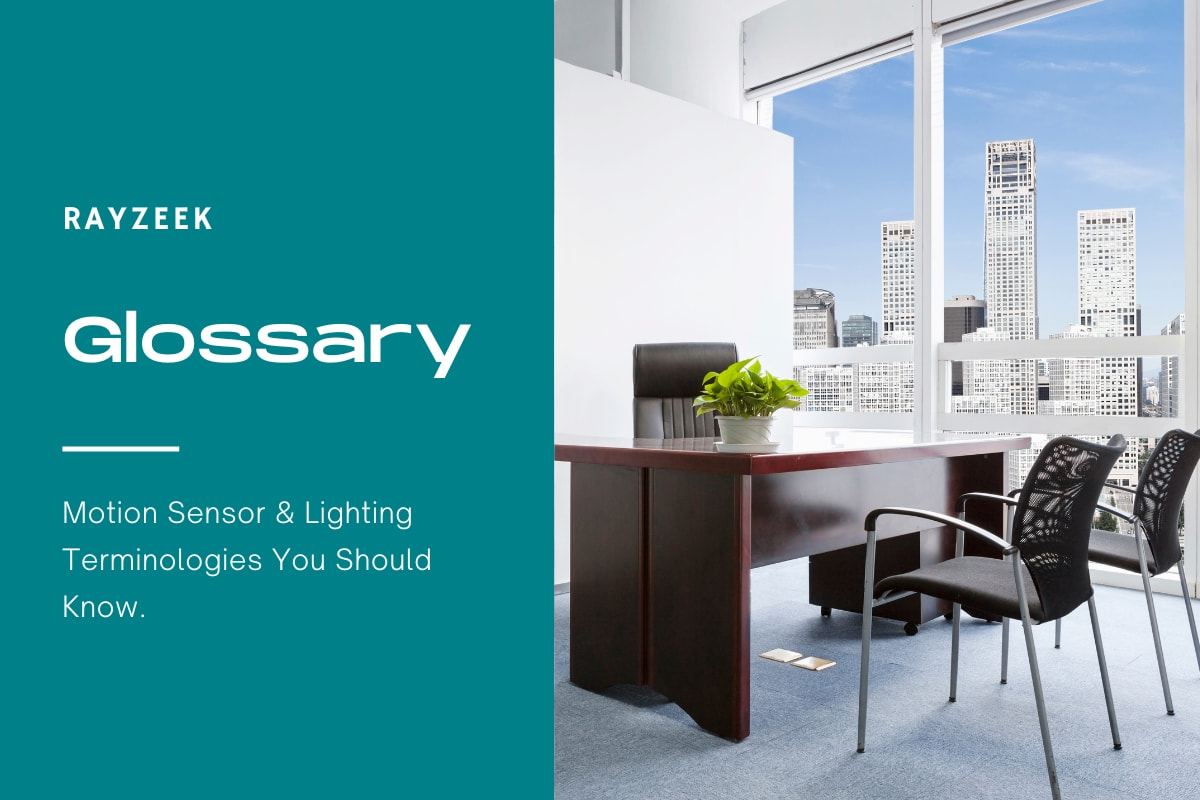What is ADA Compliant
ADA Compliant refers to lighting fixtures that adhere to the guidelines set out in the Americans with Disabilities Act (ADA) to make public spaces more accessible to people with and without disabilities. The ADA requires all wall lighting in public places mounted between 28″ and 80″ above the floor to project from the wall 4″ or less. This provides ample clearance for those who are in a wheelchair to minimize the chance of bumping into a wall sconce or wall-mounted light and being injured.
The guidelines for ADA installation specify that a wall-mounted piece projects no more than 4 inches from the wall when mounted between 2 feet 4 inches to 6 feet 8 inches above the finished floor. These standards are of vital importance when designing for public spaces and commercial buildings to ensure that hallways, bathrooms, and more can be accessed by everyone. The ADA lighting requirements are not limited to adults with disabilities; they also apply to children in wheelchairs.
Get Inspired by Rayzeek Motion Sensor Portfolios.
Doesn't find what you want? Don't worry. There are always alternate ways to solve your problems. Maybe one of our portfolios can help.
The ADA has established specific standards that contractors must adhere to when installing lights in buildings. Wall lights and wall sconces must adhere to the basic principles of Universal Design. This means the light fixtures should be usable and accessible for individuals regardless of their abilities, age, or experience. Light switches must be easily accessible, meaning they are required to be located on an accessible path of travel. Light switches must be 48 inches or less above the ground so someone in a wheelchair can reach them with ease. The light switch must be operable by a single hand and can’t require tight twisting, grasping, or pinching.
Looking For Motion-Activated Energy-Saving Solutions?
Contact us for complete PIR motion sensors, motion-activated energy-saving products, motion sensor switches, and Occupancy/Vacancy commercial solutions.
In conclusion, ADA Compliant lighting is designed to make public spaces more accessible to people with and without disabilities. The guidelines set out in the ADA ensure that lighting fixtures are usable and accessible for individuals regardless of their abilities, age, or experience. These standards are of vital importance when designing for public spaces and commercial buildings to ensure that everyone can access hallways, bathrooms, and more.
Frequently Asked Questions
What Is the ADA Requirement for a Light Switch
Light switches must be installed within a range of 15 to 48 inches as per the ADA requirement. However, it is important to note that a switch placed at 48 inches may not be easily accessible for individuals with quadriplegia who use powered wheelchairs, little people, or those carrying heavy objects.
What Makes a Wall Sconce ADA Compliant
To meet ADA compliance, wall sconces must have a depth of no more than four inches when placed between 27 and 84 inches from the finished floor level of walks, halls, corridors, passageways, or aisles. Fortunately, many sconces are designed to meet this requirement regardless of their mounting height.
Does Everything Have to Be ADA Compliant
The scope of ADA compliance is limited to certain organizations and businesses. It is mandatory for all local, county, state, and federal government agencies to comply with ADA regulations. Additionally, privately run companies with 15 or more employees and businesses that serve the general public are also required to be ADA compliant.
What Are the ADA Requirements for Electrical Outlets
The ADA requirements for electrical outlets specify that the power receptacles and light switches must be placed within accessible reach ranges. To comply with the guidelines, the power receptacle should not be installed above a maximum height of 48″ (1220 mm). Additionally, the light switch should be positioned at the same height as the power receptacle to ensure alignment.
What Is the Difference Between ADA Compliant and Accessible
To differentiate between ADA-compliant and accessible units, it is important to note that the former requires enough space for a wheelchair user to make a complete 360-degree turn. Additionally, ADA-compliant units have reinforced construction and handrails.
What Does ADA Code Mean
The meaning of ADA code is that it serves as a written representation of the responsibilities that arise from the implied agreement between the dental profession and society. The ADA Code is a product of an ongoing conversation between the dental profession and society, and therefore, it is constantly being evaluated.
How High Is an ADA Compliant Electrical Panel
The maximum height for an ADA compliant electrical panel is 48 inches above the floor, taking into account any obstructions that may be present. If there are obstructions extending from 0 to 20 inches from the wall, the maximum height for a control or outlet over the obstruction is also 48 inches above the floor. However, if there are deeper shelves extending 20 to 25 inches from the wall, the maximum mounting height of controls and outlets is reduced to 44 inches.
What Is Not Included in the ADA
Additional examples of conditions that are not covered by the ADA include broken bones, sprains, concussions, appendicitis, common colds, and influenza. These conditions are generally not considered disabilities under the ADA. For instance, a broken leg that heals within a few months without any complications would not be considered a disability under the ADA.
What Is the Risk of Not Being ADA Compliant
ADA Non-Compliance Consequences
Businesses and organizations may face penalties of up to $75,000 for a single ADA violation, and this fine can increase to $150,000 for subsequent violations. Such a significant amount can be a huge burden for most businesses and can cause severe consequences.
What Is ADA Height for Circuit Breaker
According to the NEC, the circuit breaker’s operating handle grip center should not be more than 6 ft. 7 in. above the floor or working platform when it is in its highest position.









